|
 Bats,
Mosquitoes and Dollars
By
Dr. Charles A. R. Campbell >>>> Bats,
Mosquitoes and Dollars
By
Dr. Charles A. R. Campbell >>>>
Già nel 1913 in Italia c'era chi cominciava ad interessarsi agli esperimenti
di un certo dott.
Charles A. R. Campbell di S. Antonio, Texas, il quale, fin dal 1907, aveva
iniziato a combattere la malaria
nella zona del lago Mitchel, utilizzando i pipistrelli.
Il merito dell'interessamento spetta alla
Società degli Agricoltori Italiani che, tramite un membro del proprio
consiglio, certo sig.Aguet, scrisse a Campbell ottenendo in risposta la
seguente lettera poco incoraggiante.
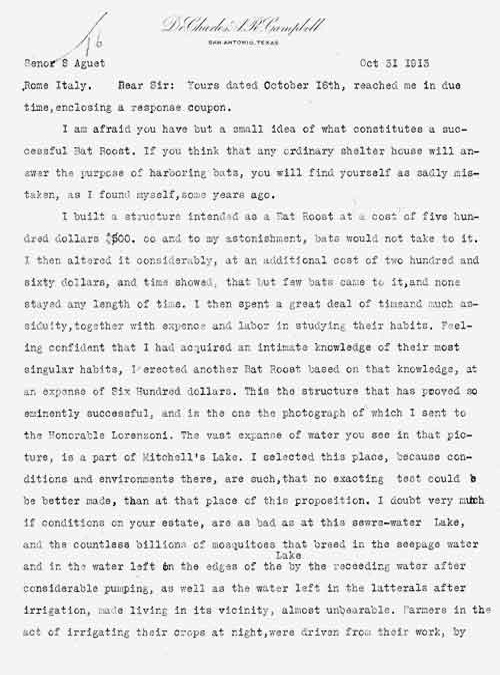
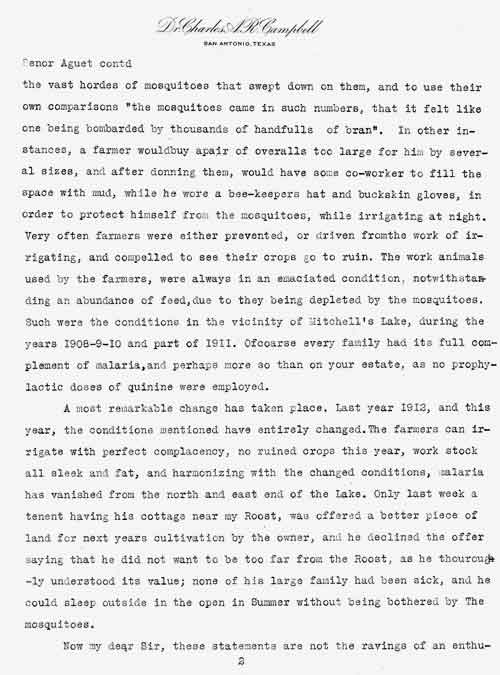
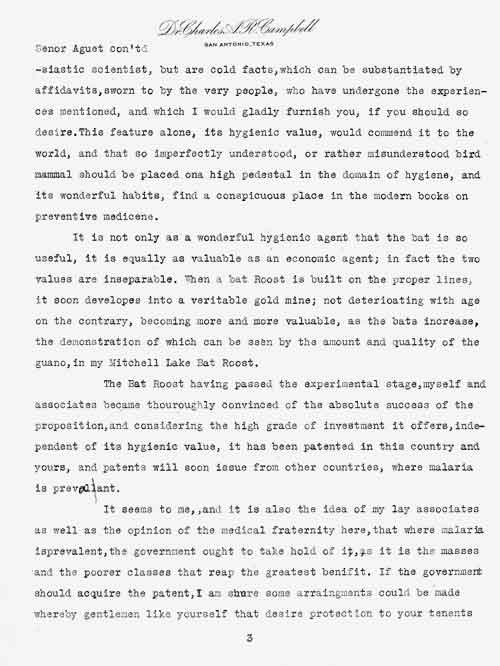
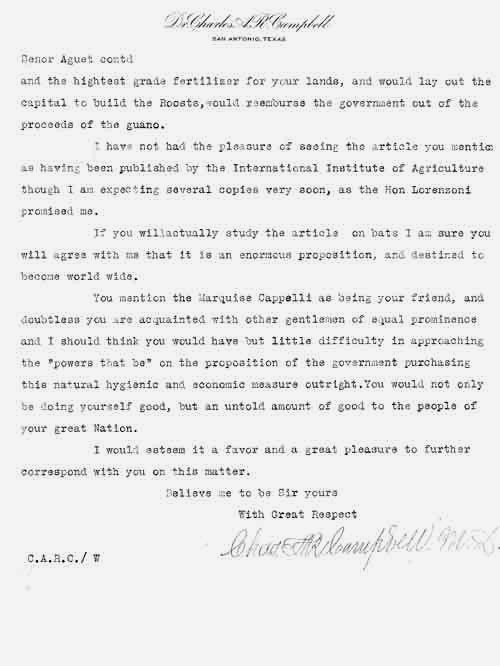
Il Gen. Marieni si interessò molto
all'argomento e quando nel 1917 si trovò a dover organizzare l'addestramento di
500 piloti americani nella base aerea di Foggia, in una zona fortemente
infestata dalla malaria, entrò direttamente in contatto con il medico
ricercatore americano ed iniziò un carteggio protrattosi fino alla fine degli
anni 20.
Nel 1917, dopo Caporetto, quando assunse il comando generale del Genio e
dovette convertire le difese alla nuova fronte del Piave, egli si trovò a
fronteggiare lo stesso problema della malaria in una vasta zona che andava ben
oltre il Polesine.
Studiò tutte soluzioni disponibili per prevenire le febbri perniciose e si
convinse che il problema doveva essere risolto all'origine disinfestando le
terre dalle zanzare portatrici dell' infezione. Lo sviluppo e la concentrazione
di pipistrelli nelle zone strategiche erano secondo la sua convinzione il mezzo
migliore e più naturale allo scopo. Studiò e costruì pertanto i pollai per
pipistrelli detti anche pipistrellai, secondo lo schema Campbell ed in seguito
divenne concessionario del brevetto Campbell per l'Italia, registrando anche a
suo nome alcune migliorie strutturali apportate all'originale.
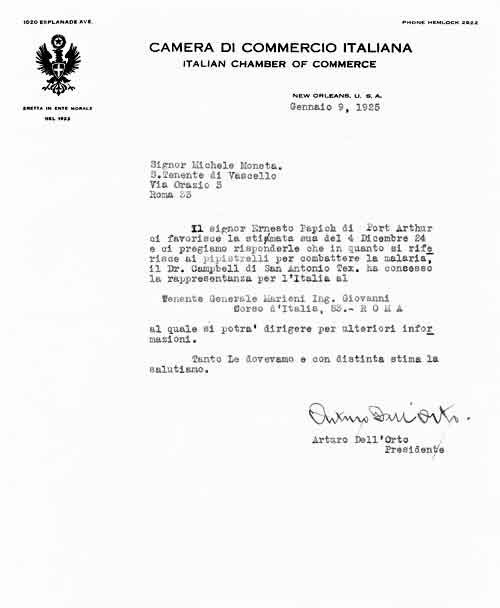 Campbell era solito illustrare i suoi
studi e applicazioni in conferenze che
supportava con l'uso di fotografie Campbell era solito illustrare i suoi
studi e applicazioni in conferenze che
supportava con l'uso di fotografie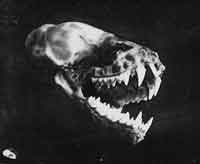 proiettate sul muro (oggi le chiamiamo "slides")
e questa per l'epoca era una tecnica alquanto innovativa.Quelle lastre giunsero in
Italia su richiesta del gen. Marieni il quale tenne varie conferenze sull'argomento utilizzando
questo insolito strumento, inviando poi al Campbell le recensioni dei giornali
che parlavano dell'argomento. proiettate sul muro (oggi le chiamiamo "slides")
e questa per l'epoca era una tecnica alquanto innovativa.Quelle lastre giunsero in
Italia su richiesta del gen. Marieni il quale tenne varie conferenze sull'argomento utilizzando
questo insolito strumento, inviando poi al Campbell le recensioni dei giornali
che parlavano dell'argomento.
Slide 1: teschio di pipistrello
Vari pipistrellai furono costruiti nel dopo-guerra nell'Agro Pontino, in
Sardegna, vicino a Foggia ecc. molti con ottima riuscita, ma non tutti con il
medesimo successo, tanto che vi fu anche un
committente che per riavere indietro i suoi soldi portò in
tribunale il costruttore, il collaudatore dell'impianto, ed in solido
anche il generale, visto che nel suo gigantesco pipistrellaio
avevano trovato rifugio solo 28 pipistrelli!
Per la cronaca, tutti i convenuti in giudizio furono assolti...
Degli antichi pipistrellai oggi in Italia non vi è più traccia. Comunque il
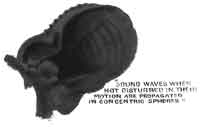 sistema di
combattere le zanzare in modo ecologico utilizzando i pipistrelli, su scala meno
importante, sta riprendendo piede ed oggi
sono in commercio piccole "Bat Boxes" da appendere ai muri delle case o
sugli alberi per dar rifugio a quei simpatici animali che sono in grado di
ingurgitare anche più sistema di
combattere le zanzare in modo ecologico utilizzando i pipistrelli, su scala meno
importante, sta riprendendo piede ed oggi
sono in commercio piccole "Bat Boxes" da appendere ai muri delle case o
sugli alberi per dar rifugio a quei simpatici animali che sono in grado di
ingurgitare anche più
slide 2: apparato auricolare di
2000 zanzare a notte
cadauno.

Slide 3: guano al microscopio con
residui
di zanzare non digerite.
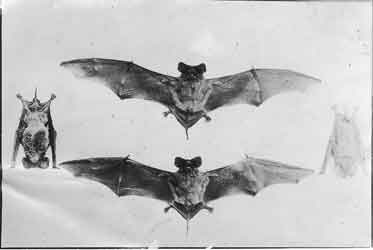
Slide 4: pipistrelli in varie posture.
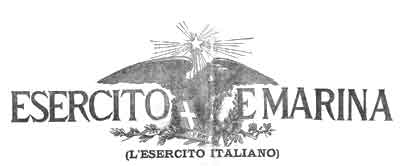
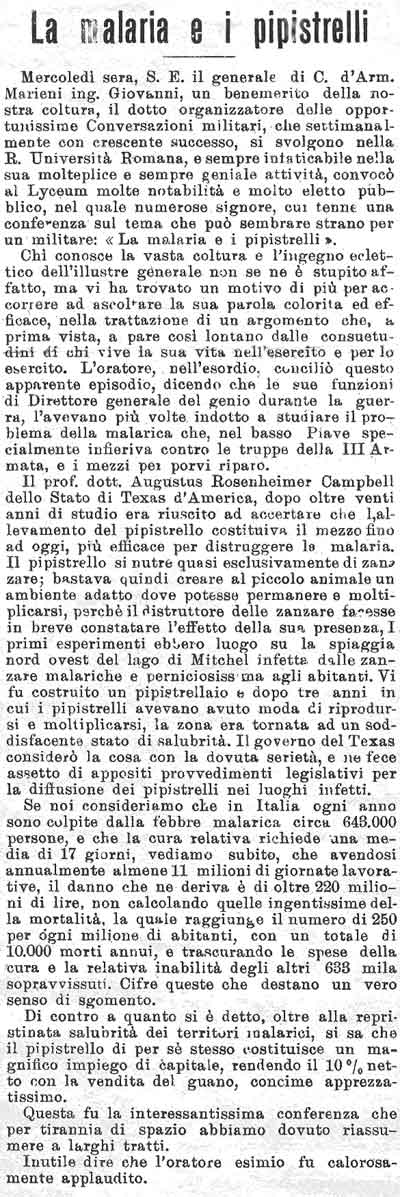
|
Scrive
Antonio Michele Angioni, nato nel 1937 a Terralba, ex sottufficiale
dell'Aeronautica militare, appassionato di archeologia e storia di Arborea:
Tra
la fine dell’Ottocento e inizi del Novecento, con l’avvio in Italia del processo
d’ industrializzazione, la Sardegna è anche alle prese con la malaria, di cui
detiene il triste primato della sua endemia, dove la causa del terribile morbo
non è la mal’aria, cioè aria malefica - come erroneamente creduto – ma un
parassita microscopico, il plasmodium, che vive e si riproduce nel sangue
dell’uomo ed è trasmesso all’individuo sano dalla femmina della zanzara anofele.
La malaria, insomma, non dà tregua, è sempre il nemico numero uno da debellare,
mentre già da sei anni migliaia di lavoratori sono impegnati nella Grande
Bonifica del Terralbese.
La Società Bonifiche Sarde (S.B.S., concessionaria della Bonifica – con sede
logistica alla Tanca del Marchese) decide di adottare il "Protettore
Antimalarico", (brevetti Campbell - Marieni), che consiste in una
costruzione detta Pipistrellaio, per la dimora di migliaia di accaniti
insettivori quali sono appunto i pipistrelli.
Viene fatta la richiesta con lettera 1° marzo 1925 a S.E. il Generale Marieni,
il quale incarica per la fornitura la ditta ing. Clemente De Fonseca-Pimentel.
Il pipistrellaio, da approntare in 120 giorni, come da contratto 1 aprile 1925,
è costituito di due parti principali:
-basamento di cemento armato, a cura e a spese della S.B.S., tipo e disegno
dell'ing De Fonseca Pimentel;
-castello di legno (pipistrellaio) costruito dal De Fonseca Pimentel secondo
disegni e istruzioni del Gen.Marieni (che fa esperimenti per conto delle
Amministrazioni della Guerra e della Marina e di privati proprietari) e da
questi spedito, già pronto all’assemblaggio, per mare-ferrovia da Roma a
Marrubiu e alla località d'impianto.
Le spese sono a carico della SBS, che fornirà anche legname e manodopera per i
ponteggi occorrenti alla montatura del castello dagli addetti e da un ingegnere
collaudatore, ai quali sono rimborsate le spese di viaggio.
Costo del "castello" montato 47mila lire:
-20mila alla firma del contratto;
-20mila a montaggio ultimato e 7mila alla presentazione del certificato di
collaudo.
Il primo pipistrellaio (ne saranno utilizzati altri quattro) è installato nella
Tenuta di Terralba in località Alabirdis (oggi Arborea), a ponente dello stagno
di Sassu.
Si procede al collaudo il 6 novembre 1925 da parte del fiduciario del Gen.
Marieni, ing. Giovanni Moneta, ratificato dall'ing. Carlo Avanzini per la
S.B.S. con sopralluogo in data 18 novembre 1925 e dichiarazione del successivo
giorno 28, in accordo con il Direttore della Tenuta-SBS dott. Ottavio Gervaso
(di stanza alla Tanca del Marchese).
Dopo le operazioni di collaudo, l'Ing. Moneta provvede alla consegna dei
documenti e della "cassetta segreto per attirare i pipistrelli", brevettata
Campbell, introdotta nel castello a costruzione ultimata. I documenti prevedono
istruzioni per il buon esito dell'esperimento, per la buona conservazione e
tutela dei volatili e per ottenere il loro maggior popolamento.
Zone isolate come il Cimitero, e distanti da luoghi abitati per evitare disturbi
e rumori, sono dislocazioni ideali dei pipistrellai.
Oggi non v’è più traccia dei pipistrellai (si ignora la loro fine), dei famelici
pipistrelli sì. Appartenenti all'ordine dei "chirotteri", sono particolarmente
prolifici quelli del genere pipistrellus (famiglia vespertilionidi) Kuhlii
(immessi nell'ambiente e attirati dai pipistrellai) dal corpo lungo 7-8 cm. e
apertura alare di 22 cm. circa; orecchie corte e larghe; pelliccia bruno-scura e
ali nerastre.
Specialmente nelle calde sere estive questi strani "uccelli", lasciato il loro
nascondiglio (pipistrellaio) diurno, volano disordinatamente lanciando ogni
tanto brevi e striduli gridi. Al calar delle tenebre incominciano la caccia agli
insetti. Per la loro forma, per l'aspetto stranissimo del muso e per le
abitudini notturne, sono stati spesso considerati esseri perversi e orrendi,
animali da sfuggire e da uccidere.
Ma l'uomo molte volte sbaglia lasciandosi guidare nelle sue azioni da false
apparenze. Tranne pochissime specie che si nutrono di frutta, sono in massima
parte accaniti insettivori, divoratori di animali dannosi all'uomo come le
zanzare. Quindi utilissimi.
http://www.arboreaarboreino.it/La
malaria |
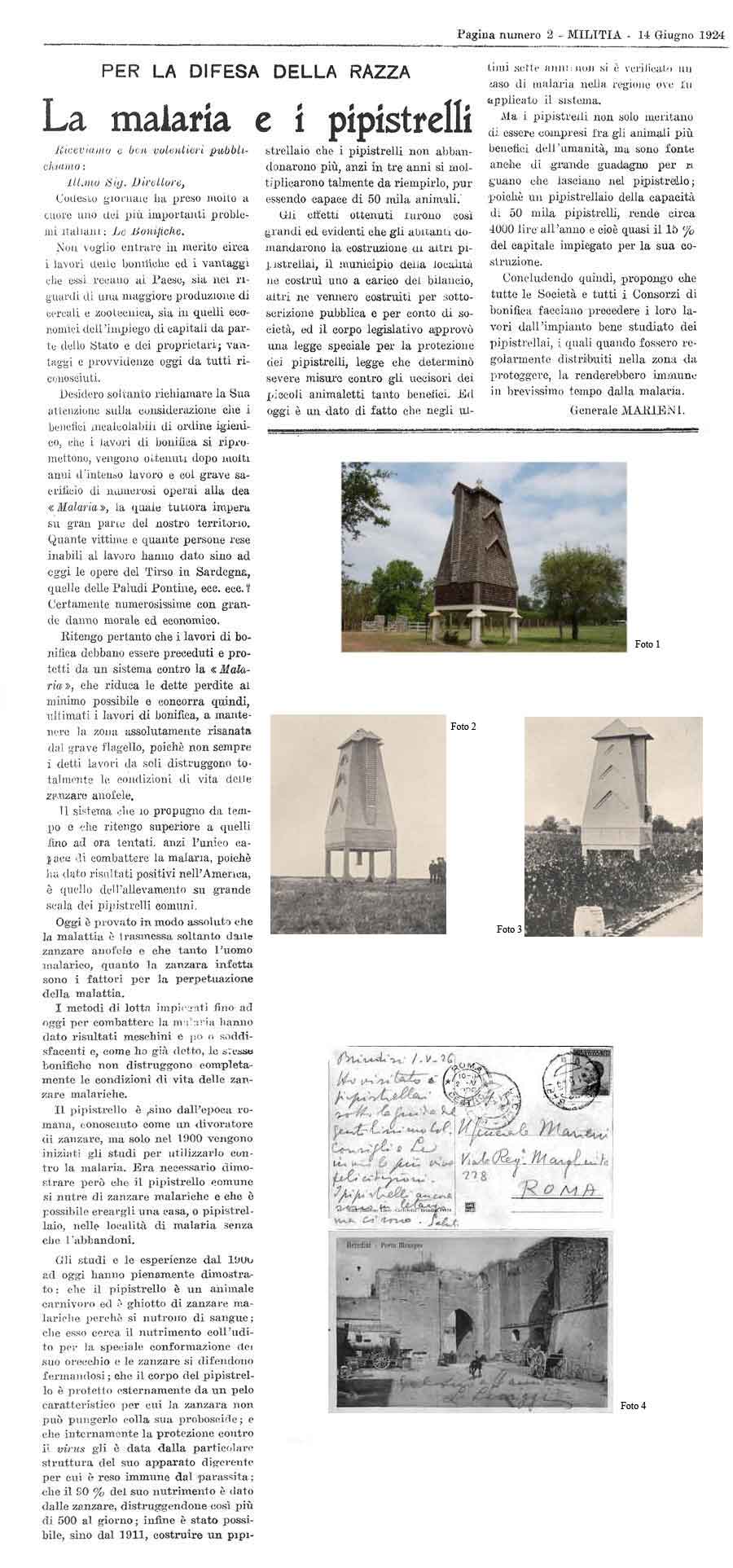
Foto 1 : "Bat
roost" di lago Mitchel presso S.Antonio, Texas
progettato da Campbell e Albert Steves, Sr .
Foto 2 :
Pipistrellaio eretto nella proprietà del Signor
Ugo Natali in Terracina, Provincia
di
Roma,1924.
Foto 3 : Pipistrellaio
eretto presso Colonia Elena nella Palude Pontina in
Provincia di Roma, 1924.
Foto 4 : Cartolina che il Senatore ing. Luigi Luiggi ha inviato al Gen. Marieni dalla zona
di Brindisi.


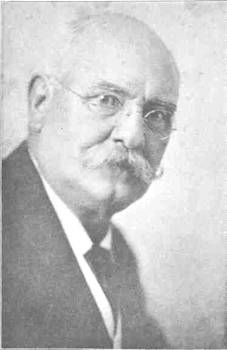
|
Bats, Mosquitoes and Dollars |
|
By |
|
Dr. Charles A. R.
Campbell |
|

|
|
Reproduced by Photo-lithography
1955
by
LEE FOUNDATION FOR NUTRITIONAL RESEARCH
MILWAUKEE 3, WISCONSIN
1925 |
|
THE STRATFORD COMPANY, Publishers
BOSTON, MASSACHUSETTS
|
|
Copyright, 1925
By DR. CHARLES A. R. CAMPBELL
|
|
DEDICATION
|
|
TO THE SWEETHEART OP MY BOYHOOD, THE BRIDE OF MY MANHOOD,
THE UNSWERVING QUEEN-MOTHER OP OUR
LITTLE HOME, THIS VOLUME IS LOVINGLY
DEDICATED BY THE
AUTHOR
|
Preface
The newspapers and the popular magazines have done the world in
general, and this country in particular, an inestimable service in diffusing the
knowledge of the danger from mosquitoes, for which we owe them, indeed, an
undying debt of gratitude. But their warnings have gone unheeded; or, at least,
very little attention has been given to the menace of this most malignant of
insects.
The author has made a truly intimate study of malaria— in fact,
he has limited his private practice to that disease and typhoid fever; and he
here presents to the reader the HOW and WHY of this world-wide malady.
It is not a matter of surprise that someone long ago has not
studied and brought to light the wonderful habits of that extraordinary little
creature, the bat, when we consider the unpopularity of such an undertaking; for
who would undertake the cultivation of bats, except some individual whose
stability of intellect might be questioned?—besides, the hard and expensive
nocturnal work, coupled with derision and the accusation of being "batty," would
alone suffice to account for the fact that this most valuable creature, who
deserves to occupy such a high pedestal in the domain of preventive medicine,
was passed up by the bearers of me torches of learning.
The value of the bat as a mosquito destroyer was never doubted
nor questioned, as we see men high in scientific circles extolling their
wonderful and valuable habits; but to attempt their cultivation was a matter
that such men left severely alone. In a three-volume publication by the Carnegie
Institution of Washington, Washington, D. C., entitled "The Mosquitoes of North
and Central America and the West Indies" by Howard,* Dyar, & Knab (1912) on page
179 appears the following:—
* (Howard, L. O. Chief of the Bureau of Entomology, United States Department of
Agriculture.)
Dr. Campbell was inundated with letters from around the world
requesting more information on his Bat House.
These Bat Houses were more beneficial to the
people of Italy than ALL the popes that ever lived!!
During the month of May of that year (1918)
Captain McKinney, Adjutant of the American Military Mission in Rome, at the
instance of General Marieni, Chief of Engineers of the Italian Army, wrote to
the Mayor of San Antonio for detailed information regarding the bat method of
combating malaria, and this information was mailed from here by the author, to
whom the matter was referred by the Mayor on June 28th. Apparently it had not
yet reached Rome when the following cablegram was received July 15, 1918:
"Official Mayor, San Antonio, U. S. A.—Please send detailed
information reference mosquito extermination by bats. See letter Captain
McKinney, May 19. Experienced operator desired. Will pay expenses. Make
proposals. (Signed) General Marieni, Chief of Engineers, Italian Army."
The ending of the war suspended the correspondence.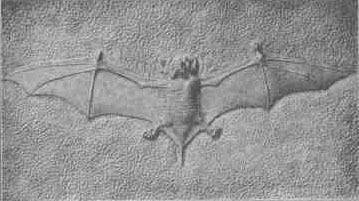
Signor Anselmo Altobelli,
Italian
Consul in San Antonio, took
it
upon himself to make a
thorough investigation
of the
3 boxes of "bait" consigned to General Marieni on board Italian S.S.
bat proposition, and he was
so Nicolo-Odero, March, 1925. Captain, Steamship Agent, Chief Officer,
enthused by it that
he immediately
Italian Consul, Chief Engineer, and Author.
left for Italy to report on the ocular demonstration of the value of
bats that he had witnessed. Lieut.-General Giovanni Marieni, Chief of Engineers
of the Italian Army, has undertaken the task of introducing this natural
hygienic and economic measure in his country and its colonies. Under date of
November 30th, 1924, the General writes and 'encloses photographs of two bat
roosts that have been built In Italy, one erected near Colonia Elena in the
Pontine Marshes, the other in Terracina in the Province of Rome. Some time later
the General wrote for three boxes of "bait" one for each of the roosts already
built, and one for a bat roost ordered by the Italian War Department. On March
12th, 1925, the three boxes were shipped to him as shown in the photograph taken
on board an Italian Steamship at Galveston, Texas. Still later, the General
requested three more boxes, saying the War Department would build another roost,
and that the Navy Department would build two at Brindisi. These boxes of "bait"
also have been shipped to him. Imagine the SERVICE this one man will be able to
render to his country, its people, and its agriculture, when the same two
powerful agencies, viz., Old Dame Nature and Father Time, take possession of the
Italian Roosts as they did with the Mitchell's Lake bat roost, and which they
are sure to do! It will involve the elimination of the untold tribute which that
valiant country pays annually to malaria. As already stated, the site of the
Mitchell's Lake bat roost was selected because of existing conditions and
environments for the propagation of mosquitoes, as no more exacting demands
could possibly be made on a bat roost than those found there. They were
there-long before the bat roost was built, and they are there to this day. In
the year 1902, this lake was an insignificant body of water in the center of a
very wide and deep vale. This was prepared to receive all of the sewage of the
City of San Antonio, by building earthen dikes in suitable places. The
topography of the land lent itself most admirably to this purpose, as the lake
is 130 feet lower than the centre of the city. At that time a 30-inch
outfall-sewer amply sufficed, but in 1914, a 60-inch one became necessary on
account of the increase in population, so that now both the 30-inch and the
60-inch sewer pipes pour all of their contents into an open ditch, and this
sewage finds its way by gravity into Mitchell's Lake. Conditions for mosquito
propagation have not changed one iota since 1902, except to be made more
favorable by reason of the increased volume of sewage and the correspondingly
larger area of water in the lake.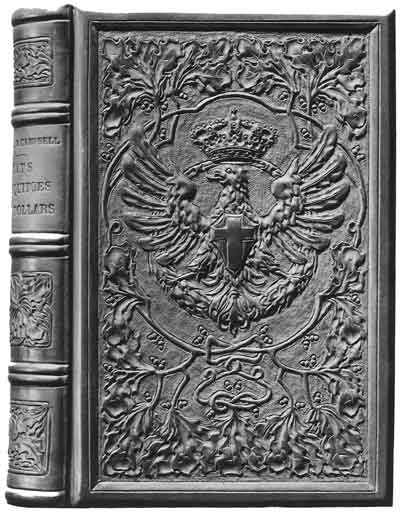
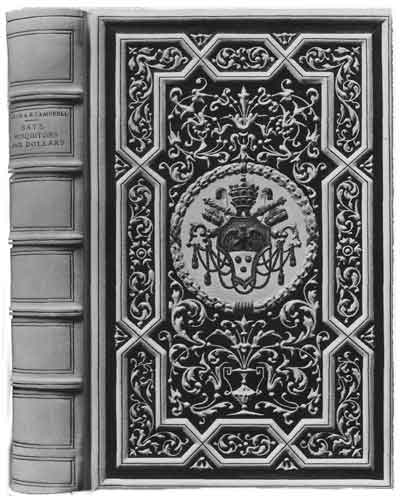
Edizioni speciali del libro di
Campbell "Bats, mosquitos & Dollars" edito da Stratford Company, Publishers di
Boston Mass. rilegati a Roma in cuoio ed argento cesellato.
La copia destinata al Re Vittorio Emanuele III, con la dedica dell'Autore : "To
his Imperial Majesty, Victor Emanuel III, as a token of respect from an admiring
American. San Antonio Tex. December 29, 1925. Charles A. R. Campbell M.D." fu
consegnata personalmente al Re dal Gen. Marieni, incaricato dall'Autore, l'8
marzo 1926.
La copia destinata a S.S. il Papa venne consegnata dal Rev. Arthur J.
Drossaerts espressamente autorizzato dall'Arcivescovo di San Antonio.
FONTI e LINKS di approfondimento
http://www.whale.to/a/camp4.html#HARVESTING_GUANO
http://www.whale.to/a/campbell2.html
http://www.whale.to/a/camppref.html
Inizio Pagina
|